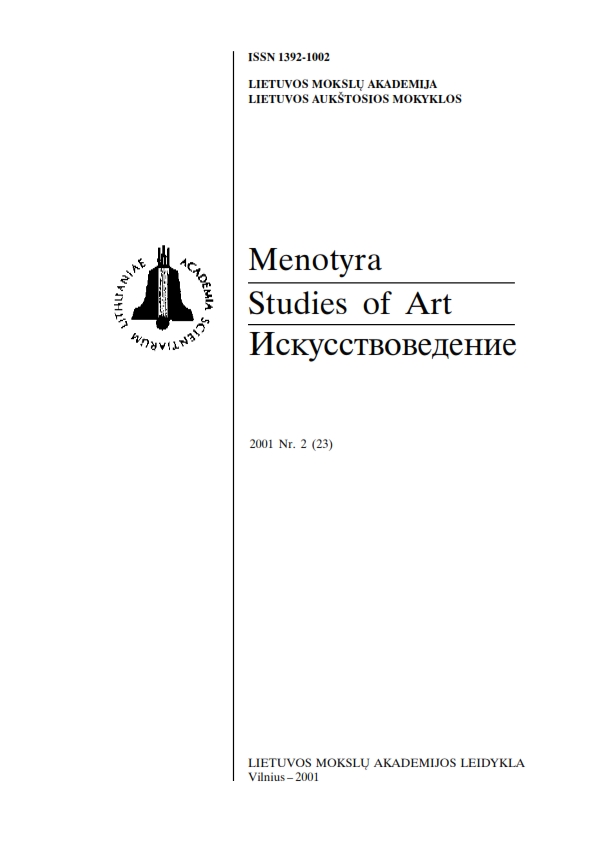Antano Tamošaičio tautinio stiliaus koncepcija
Antanas Tamošaitis' conception of national style
Author(s): Lijana ŠatavičiūtėSubject(s): Visual Arts, Cultural Anthropology / Ethnology
Published by: Lietuvos mokslų akademijos leidykla
Summary/Abstract: Antanas Tamošaitis (b. 1906) with his wife Anastazija Mažeikaitė-Tamošaitienė (1910-1991) were the only textile artists in pre-war Lithuania. In the article attention is focused on A. Tamošaitis' theoretical reasoning which are less known to the public and which were published in the periodical press ("Naujoji Romuva", "Ūkininko patarėjas", "Vairas", "Jaunoji karta", "Tautinė mokykla" and others) and in the series books of "The Village Art" (1931-1939) and "The Village Industry" (1933-1935). A. Tamošaitis gathered the works of folk art and propagated the idea of national style in professional art.The conception of national style in his articles was based on the ethnographical material of Lithuania. A. Tamosaitis was sure that an artist mustn't copy ethnographical examples, but can stylize and interpret their forms creatively. A decorative pattern of folk art was necessary in national style works. Tamosaitis' attitude to national style was the same as of many other cultural workers of pre-war Lithuania. They were of the opinion that the national style of each nation must be clearly recognizable. Tamošaitis' theoretical position concerning national style may be traced to the actualities of pre-war Lithuanian cultural life and derived from the young state's worrying about its ethnical survival.
Journal: Menotyra
- Issue Year: 2001
- Issue No: 2(23)
- Page Range: 81-85
- Page Count: 5
- Language: Lithuanian

